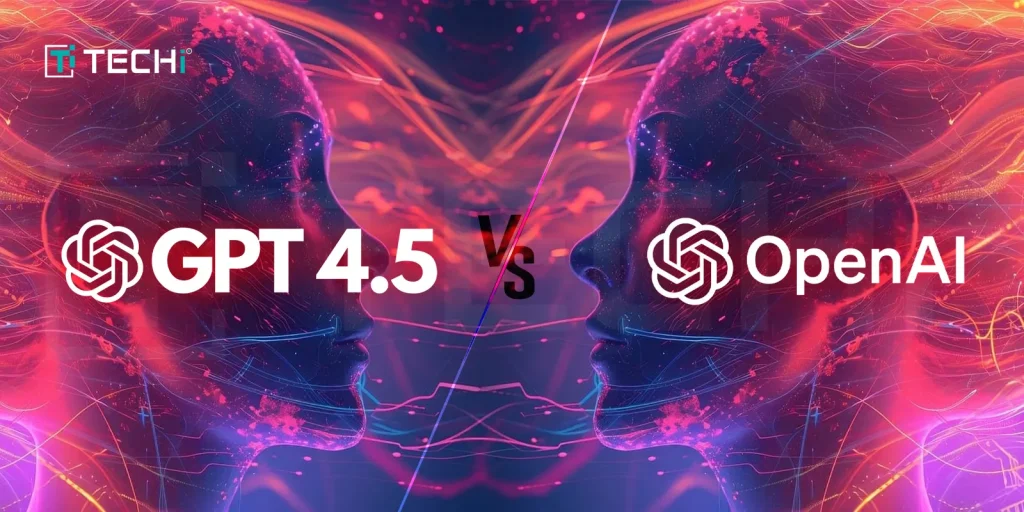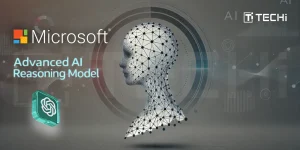The artificial intelligence race took a turn with OpenAI’s new revolutionizing release of GPT-4.5, the most powerful kind of model and most compute intensive to date. Designed internally as “Orion,” its newest version is an OpenAI assertion of continuing to win in an industry where the bigger the model, the better the results. So, what do these new moves mean for the general user and the AI landscape at large?
OpenAI holds on to its “big is better” philosophy, after pouring in billions scaling up infrastructure, Anthropic and DeepSeek have continued to disrupt this modeling field by introducing cost-effective models that both go up against one another. Hence, the GTP-4.5 is not just another incremental upgrade, rather it makes a clear strategic statement of an index of OpenAI’s fighting spirit in its approach. As users get the first glimpses of the model via the exclusive $200 a month ChatGPT Pro subscription, the question now is, does OpenAI step rolling along a progressively risky thin rope against a shifting landscape?
The release continues OpenAI’s tradition of scaling AI models to enhance their performance and usability. GPT-4.5 is reportedly better at understanding user prompts than prior models, producing results that are accordingly natural and nuanced in the response. While no specific details about its weight and computer requirements have been noted, OpenAI maintains that this model minimizes the problem of hallucinations, thanks to its enhanced knowledge. Mia Glaese, who leads OpenAI’s alignment team and human data team says, “If you know more things, you don’t need to make things up,”
Competition and GPT’s Growth:
The release of GPT-4.5 follows a sequence of substantial AI developments in 2025. Competitors such as Anthropic have developed hybrid reasoning models for Claude, and Chinese researchers at DeepSeek have made remarkable achievements on very low budgets. OpenAI, however, believes strongly that bigger models mean better AI and has invested billions into building AI infrastructure to support this philosophy.
While growth is the major focus, GPT-4.5 is not considered a reasoning model in the sense of their `o’ series, as it has been stated by Sam Altman, CEO, to be the last model non-integrated with chain of thought reasoning, pointing towards a shift towards integrated and adaptive AI experiences in its next releases. He posted on social media earlier in February, “ship GPT-4.5, the model we called Orion internally, as our last non chain-of-thought model.” The researchers are also putting efforts into streamlining user interactions so ChatGPT can dynamically select the best model for a prompt without requiring the user to select the model from a dropdown.
Future of AI and the OpenAI’s Vision:
With the introduction of GPT-4.5, web search, file and image uploads, and the canvas feature all come into play, but the present course has no AI Voice Mode support. Benchmarking results are competitive in some instances with promising language performance from the system but losing out to o3-mini in assessments of certain areas of math and science, although OpenAI says that the real success of GPT-4.5 will show itself through the user experience.
At a time when competition is heating up in AI, OpenAI is still committed to widen the frontiers in unsupervised learning by data scaling, compute, and training efficiency. According to researchers like Nick Ryder, enlargement of model size does not in itself make it hard to interpret and all current methods of interpretation can still be applied to these huge AI systems. Ryder says, “Saying this is the last non-reasoning model really means we’re really striving to be in a future where all users are getting routed to the right model”. He added, “By increasing the amount of compute we use, by increasing the amount of data we use, and focusing on really efficient training methods. We push the frontier of unsupervised learning.”
This is also the extent of OpenAI’s ambition with regard to things technical, as it develops the emotional intelligence, intuition, and aesthetic preferences of the future AI, it defines an intelligent machine quite unique in productivity with impressive soft skills and cuts a little closer to the time, when AI incorporates itself in the workflow of human beings.
As OpenAI puts new AI initiatives in overdrive with models like GPT-4.5, the audience becomes even more demanding in terms of scaling versus efficiency. Whereas many industry voices are contending with optimising performance against a thinner budget, for OpenAI, this part of the race is still all about bigger and more complex models toward seeking better ability for AI to understand and respond to human nuance. Whether it will keep its place in the front or slip into the point of diminishing returns is yet to be determined.
Read More: Meta Gears Up to Launch Standalone AI Chatbot to Challenge ChatGPT & Gemini




